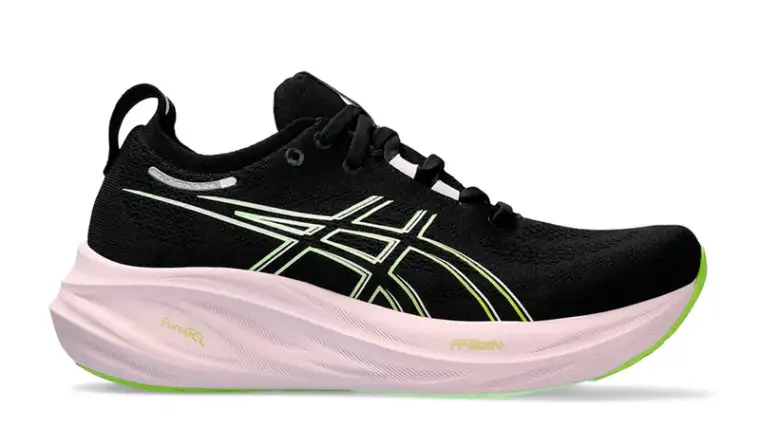
In elite sports, speed used to mean how fast you could sprint. Now, it’s also about how quickly you can process and act on information. Performance feedback, once reserved for post-match video reviews, is now instant, embedded in wearables, apps, and live coaching platforms. This real-time feedback loop is transforming how athletes perform, train, and make decisions under pressure.
How does it work?
Table of Contents
A new kind of awareness
Today’s athletes are walking data hubs. Devices like GPS vests, heart-rate monitors, and AI-powered camera systems feed live stats to tablets and watches on the sidelines. Acceleration, deceleration, hydration levels, muscle load — all tracked and analyzed in real time.
The biggest shift is in timing. Coaches and athletes respond to metrics as they happen:
- Manchester City has integrated the Hudl video analysis platform into training sessions. Coaches and players review clips on tablets just minutes after drills, letting them tweak movements or positioning before the next rep.
- In the NBA, teams use Second Spectrum and SportVU tracking systems, which collect data from every movement on the court — shots, player spacing, speed — and deliver it to coaches in seconds. It’s changed how timeouts and halftime are used, with strategy shifts based on live data.
- World Rugby introduced smart mouthguards with built-in sensors that send alerts in real time when a player takes a high-impact hit. Medical teams use that data instantly to decide on sideline assessments and prevent concussions.
- Cyclists on Team Jumbo-Visma (Tour de France contenders) use wearables during training to track cadence, heart rate, and power output. Data gets streamed to their coaches’ tablets, so they can suggest gear shifts or pacing adjustments on the go.
This data doesn’t sit in a report until Monday. It prompts instant decisions: rest a player, push harder, change technique mid-drill. As a result, athletes achieve better performance and avoid health issues that can result from overexhaustion or trauma.
And one of the best things about such technologies is that they aren’t exclusive to professional athletes.
From pro stadiums to local fields
Health and tracking technologies are not just a big-budget luxury. Tools like Catapult One or Coach’s Eye bring real-time analytics to high school and amateur clubs. Even Sunday-league players now upload GoPro footage and get frame-by-frame breakdowns. That instant insight on whether one planted my foot wrong, was the angle off, and other things, builds decision-making habits faster than a coach’s voice alone.
Apps like HomeCourt in basketball or FORM in swimming give visual, data-backed cues mid-session. And because feedback comes instantly, athletes don’t rely solely on memory. They see what happened, understand why, and can fix it before the next play.
But does it mean technologies, especially AI-based, can replace coaches? As with most tech nowadays, apps and monitors for athletes are only tools that can be helpful in the right hands.
Faster coaching, smarter athletes, more engaged fans
Instant feedback isn’t replacing coaching but improves it. A coach who sees real-time player load can adjust intensity without risking overtraining. An athlete who notices declining jump height mid-session can alter recovery on the fly. The result: more efficient sessions, fewer injuries, and smarter adaptations.
For decision-heavy sports like soccer, football, or tennis, this immediacy trains pattern recognition. Athletes can spot the mismatch or bad movement right away and store the correction instantly.
This kind of awareness has ripple effects outside training. Recovery, nutrition, even sleep tracking now happen in real time. Tools like WHOOP or Oura Ring alert athletes to strain or fatigue the moment it spikes, not hours later.
Even fans now expect this kind of responsiveness. They follow player stats live, track form changes across games, and react quickly. This is part of a broader shift in sports engagement. Today’s supporters access and speed across training apps, content platforms, and betting websites like https://sportbet.one/sports, where real-time updates inform their bets or keep them synced with game dynamics.
Conclusion
Instant feedback is now a competitive edge for the pros and anyone looking to improve. Real-time data helps athletes correct faster, coaches personalize smarter, and fans connect deeper. The split second is no longer just the difference between winning or losing — it’s when the real decisions happen.


